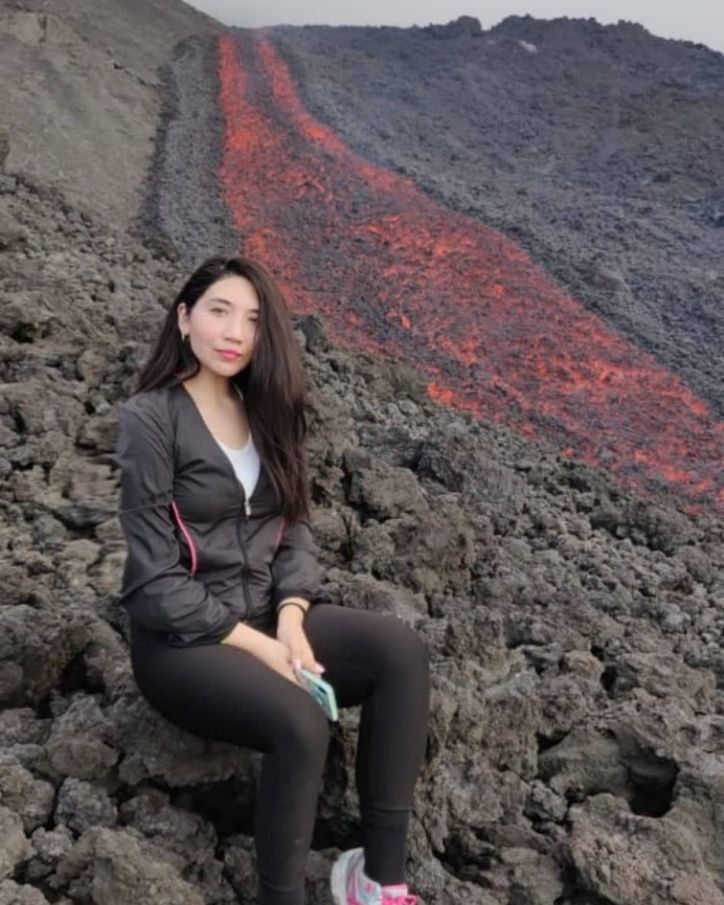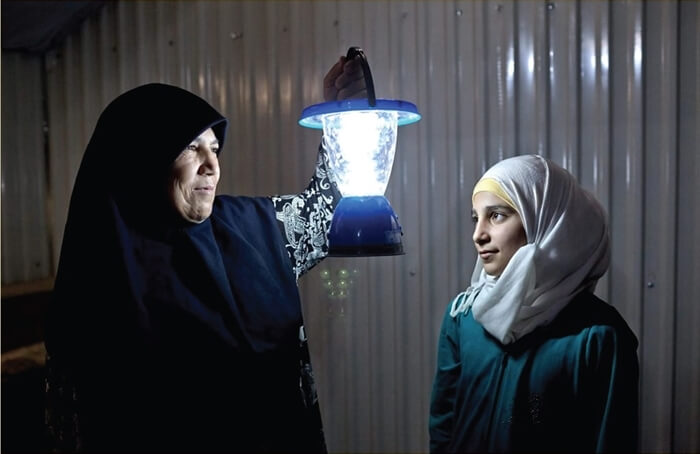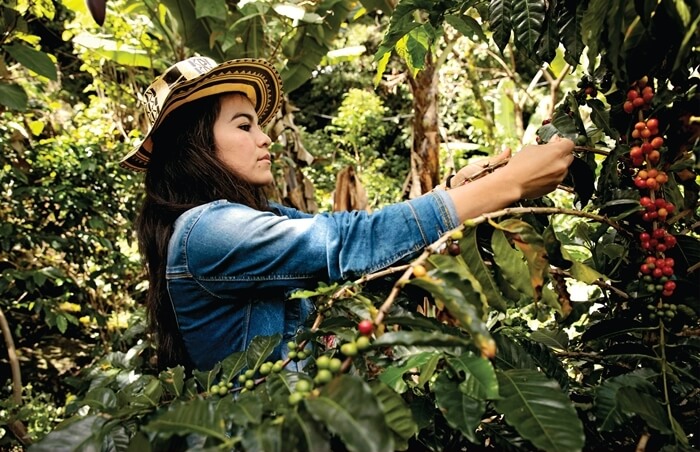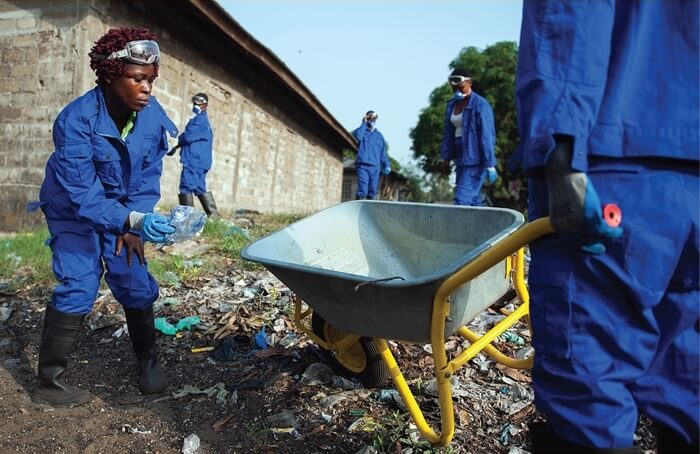Excerpt from news.globallandscapesforum.org
Just off the south coast of Yemen near the entrance to the Red Sea, one of the most unusual places in the world has also been one of the most unspoiled – until recently.
Known as the Galápagos of the Indian Ocean, the UNESCO World Heritage-listed archipelago of Socotra is famed for its endemic flora and fauna, which have, over time, adapted and thrived on its four islands. Surrounded by warm turquoise waters, Socotra is landscaped with rocky cliffs, white sand beaches, canyons and red sandstone tablelands, and is now home to about 60,000 people.
After centuries of relative isolation, however, the archipelago now faces an uncertain future as climate change and other threats imperil its unique forms of life.
“Socotra is a highly fragile landscape, and because it was relatively isolated for a long time, it did not experience extinction-related human impacts in the last 150 years, unlike most islands in the world,” says Kay Van Damme, a hydrobiologist at Ghent University.
Socotra’s biodiversity is a legacy of its unusual past. Once a part of Africa and Arabia when they were a single landmass, the archipelago separated millions of years ago and drifted to its current spot 380 kilometers south of the Arabian Peninsula and 240 kilometers east of the Horn of Africa. It brought with it plants and wildlife that are found nowhere else.

Island Innovation is a social enterprise and digital media company at the intersection of sustainable development and communications, offering specialised services across various sectors. We bring together the private sector, government, utilities, NGOs and universities to advance innovation for sustainability and prosperity in islands worldwide.















